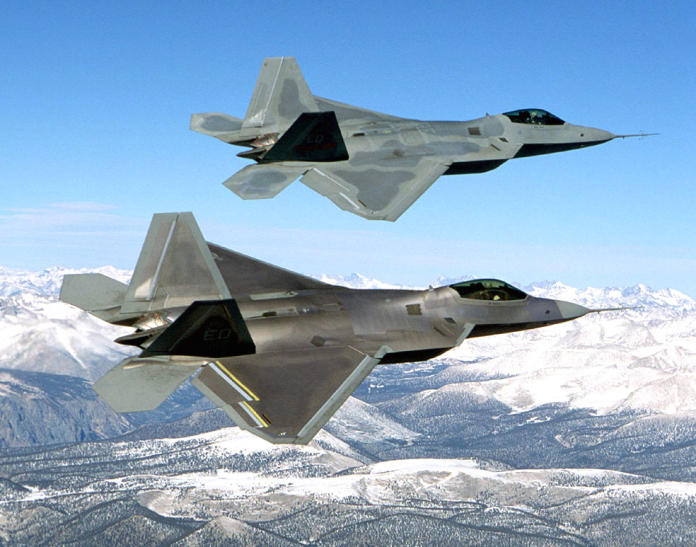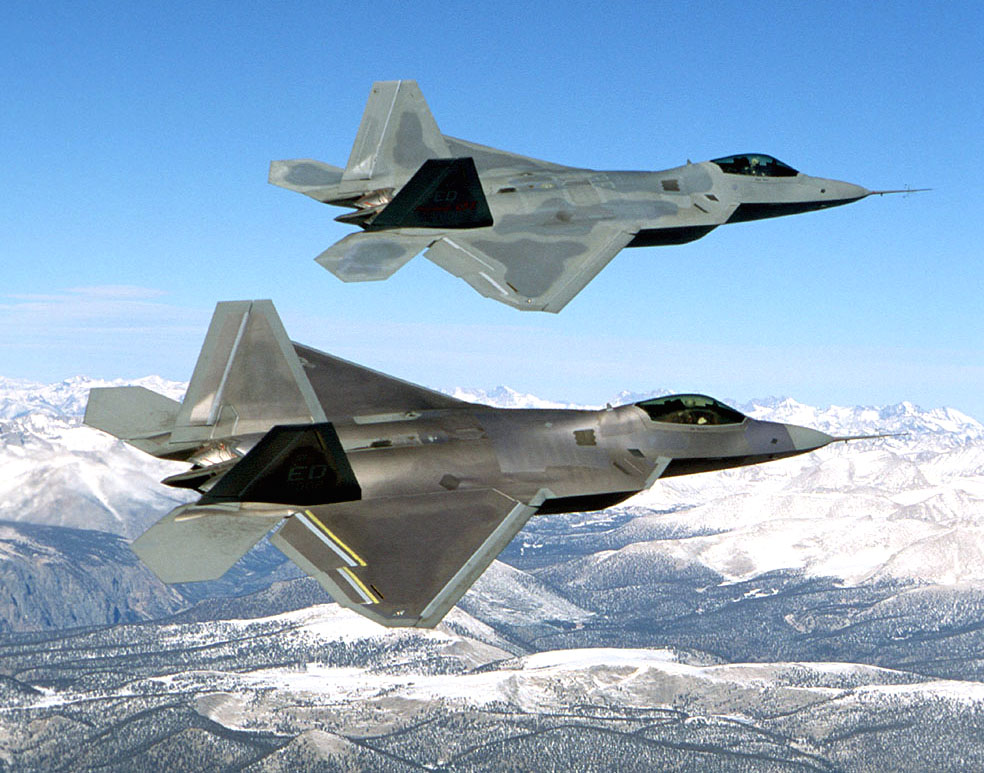
“Once the battle is joined, the winner is determined by an airman’s ability in flight, his tactics and the aircraft.” That line, from Military History Now, has been echoing in fighter pilot ears for years. But suppose the aircraft under discussion is the F-22 Raptor an aircraft created to warp that outcome before the battle is ever fought?
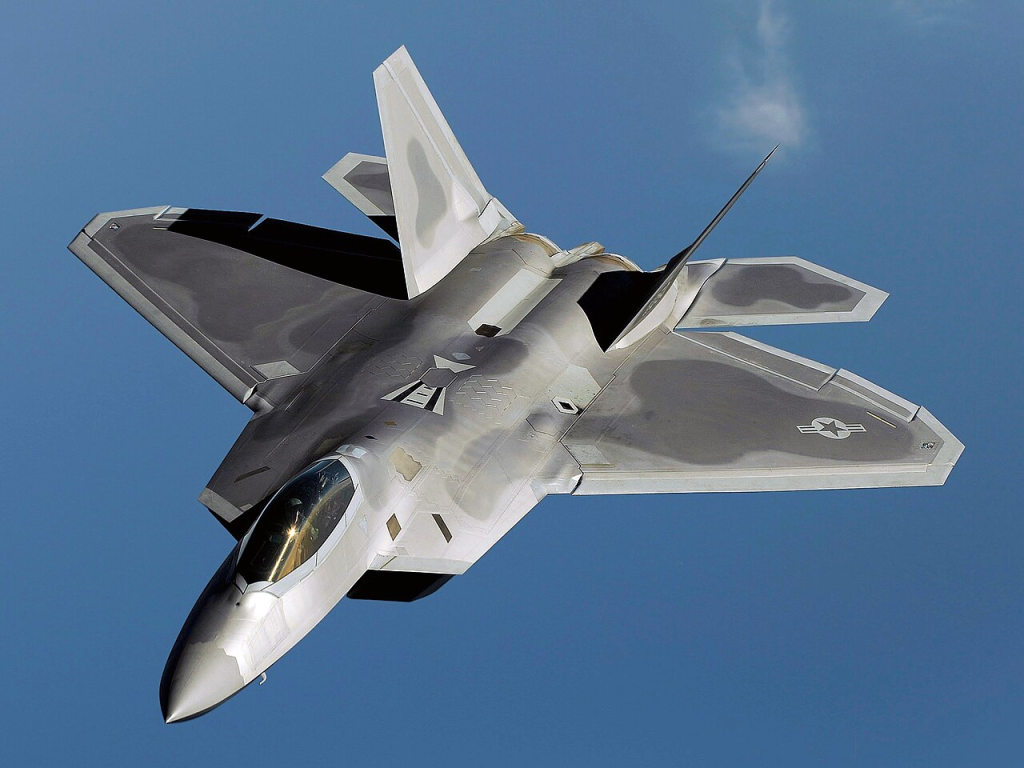
Since its inaugural combat mission against ISIS in 2014, the F-22 has been the gold standard for air dominance. Its origins lay within the U.S. Air Force’s Advanced Tactical Fighter program, but it was not just designed to own dogfights, it was designed to redefine them. Its integration of stealth, maneuverability, speed, and sensor fusion has created an aircraft that cannot yet be surpassed nearly two decades after entering service.
This is a list of breaking down the F-22’s greatest features ones that no other fighter can weave together into a single plane and explaining why they matter in air warfare today.
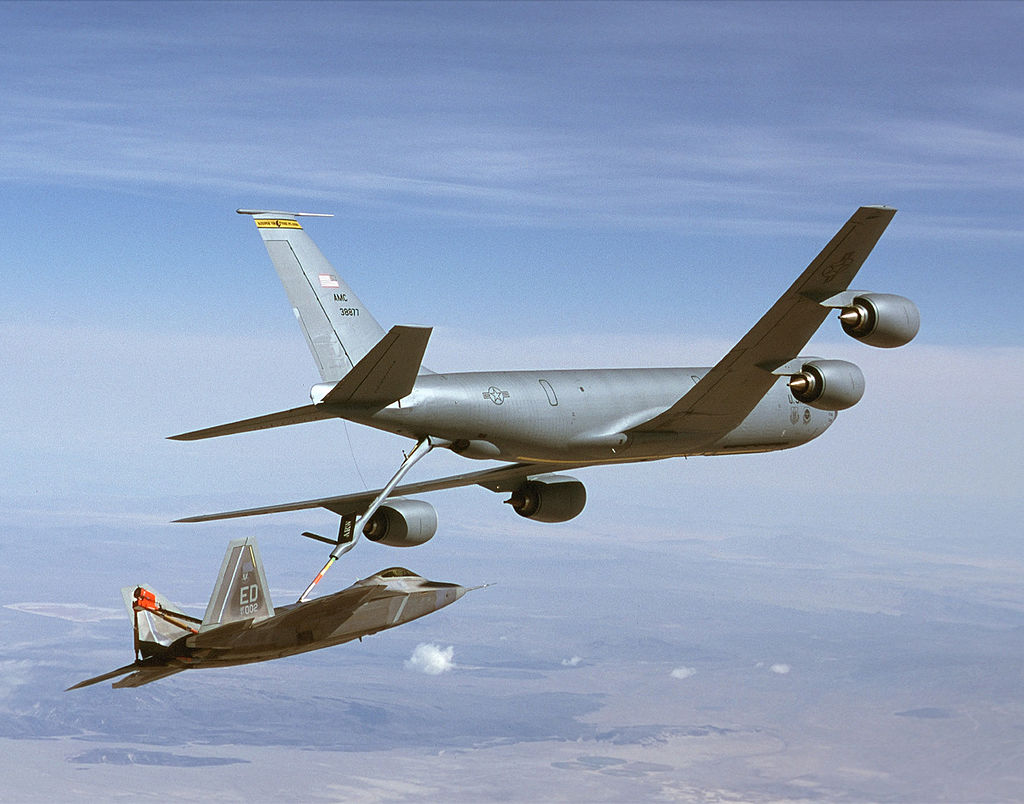
1. Thrust Vectoring That Redefines Maneuverability
The F-22’s two Pratt & Whitney F119 engines have square nozzles that can vector the exhaust gases up to twenty degrees in one direction or the other. All of the thrust vectoring is under the control of the flight control computer, with the pilot free to focus on tactics as the system optimizes control surfaces and nozzle settings.
Unlike other control surfaces, which lose authority at low speed or high altitude, thrust vectoring does not lose authority because it controls engine exhaust instead of airflow. This makes it possible for the Raptor to execute extreme pitch maneuvers, rapid reversals, and high-alpha flight that even smaller adversaries like the F-16 are not capable of. In training, this synergy has consistently allowed the F-22 to outmaneuver peer aircraft, gaining firing positions before enemy reaction.
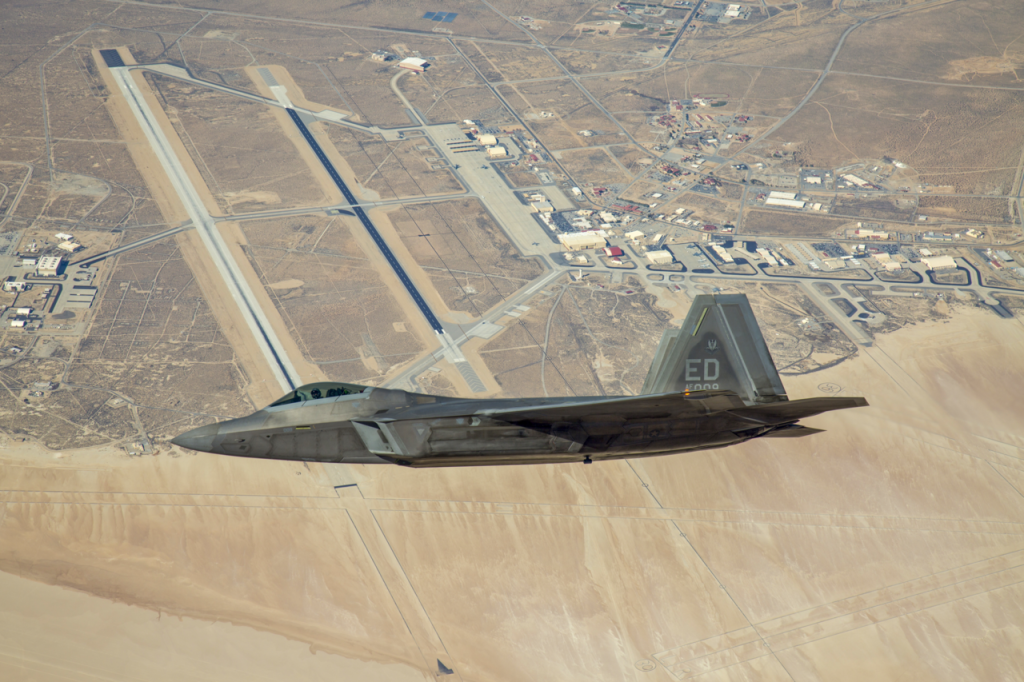
2. Stealth by Shape, Material, and Finish
Stealth on the Raptor is not a single attribute but a multi-layered design philosophy. Its airframe cradles all hard edges at swept-back angles, scattering radar waves away from their source. Continuous curves also scatter reflections, and saw-teeth on panel seams prevent radar hotspots.
Special RAM is used only where shaping is insufficient to lower the radar cross-section, keeping weight penalties to a minimum. Even the canopy has a reflective metal coating that scatters radar energy without impairing the pilot’s 360-degree vision. This combination of shape, material, and surface finishing enables the F-22 to remain almost invisible to enemy sensors while maintaining the responsiveness of a front-line fighter.
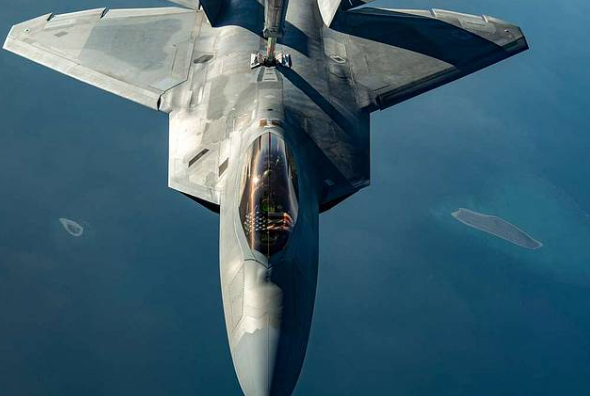
3. Supercruise Without Afterburners
All combat jets require gas-guzzling afterburners to sustain supersonic flight. The F-22 is capable of Mach 1.8 cruise without afterburners in “supercruise” mode, extending range while reducing infrared signature. This allows it to intercept or disengage from peril before competition slowed by fuel burn.
During combat missions, supercruise enables the Raptor to control engagement distance to close in on an adversary before detection or to exit enemy space before adversaries can respond. It’s a paradigm shift in offensive sweep missions as well as in defense patrols.
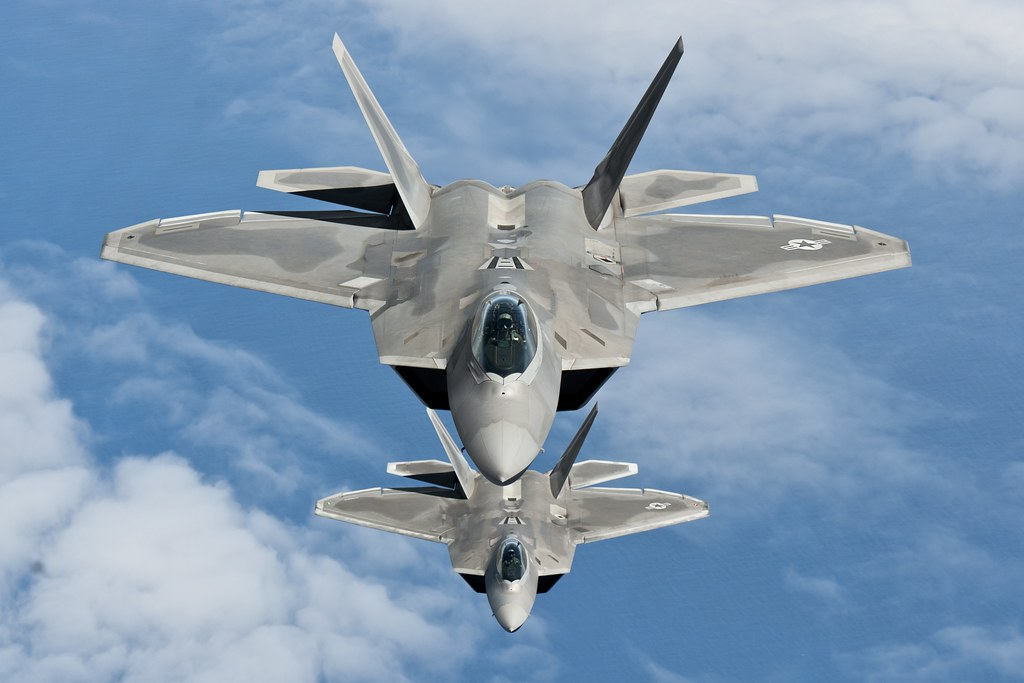
4. Sensor Fusion for Total Situational Awareness
The F-22’s avionics system integrates its AN/APG-77 AESA radar, AN/ALR-94 passive sensors, and future Infrared Defensive System into a cohesive, one-window display. The “sensor fusion” provides pilots with a 360-degree, real-time image of the battlespace.
This integration enables radar-silent tracking, whereby a single Raptor may track silently and provide coordinates to another to target. It enables ease of interoperation with F-35s and fourth-generation allies, making the entire force deadlier.
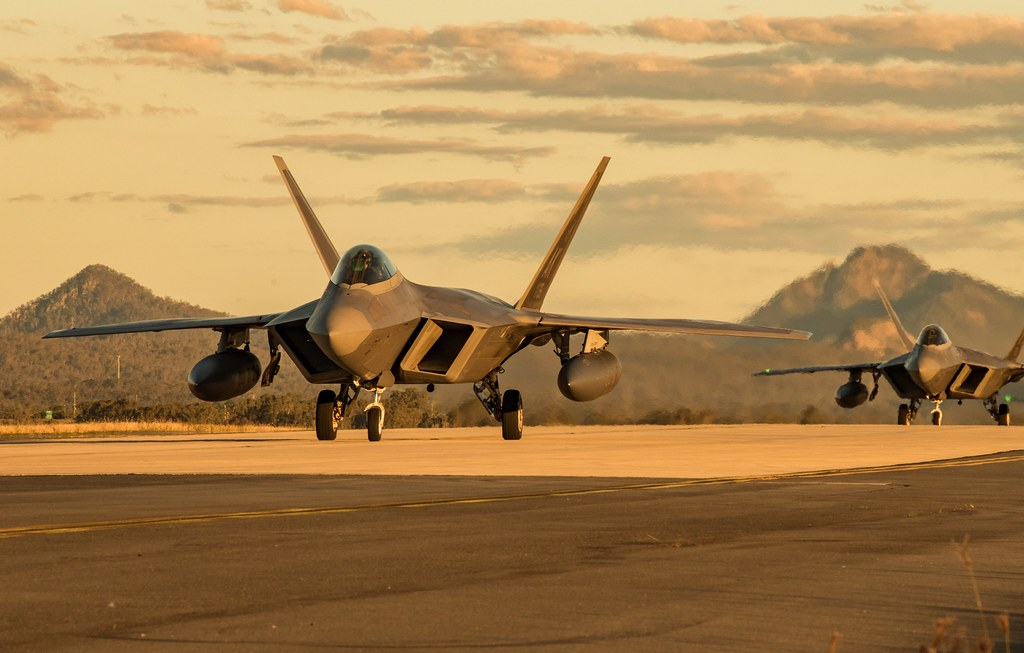
5. Unrivaled Thrust-to-Weight Ratio
With a 1.25 thrust-to-weight ratio, the highest of any production fighter, the F-22 can thrust vertically, sustain energy in tight turns, and outrun attacking missiles with sheer bursts of acceleration. Its sheer power is the basis for its ability to work the OODA Loop Observation, Orientation, Decision, Action faster than the competition.
This in dogfighting means that the Raptor can dictate the terms of the fight, determining when and whether to press the attack or to withdraw altogether. Against missile threats, the Raptor can “thrust out” from danger zones before impact.
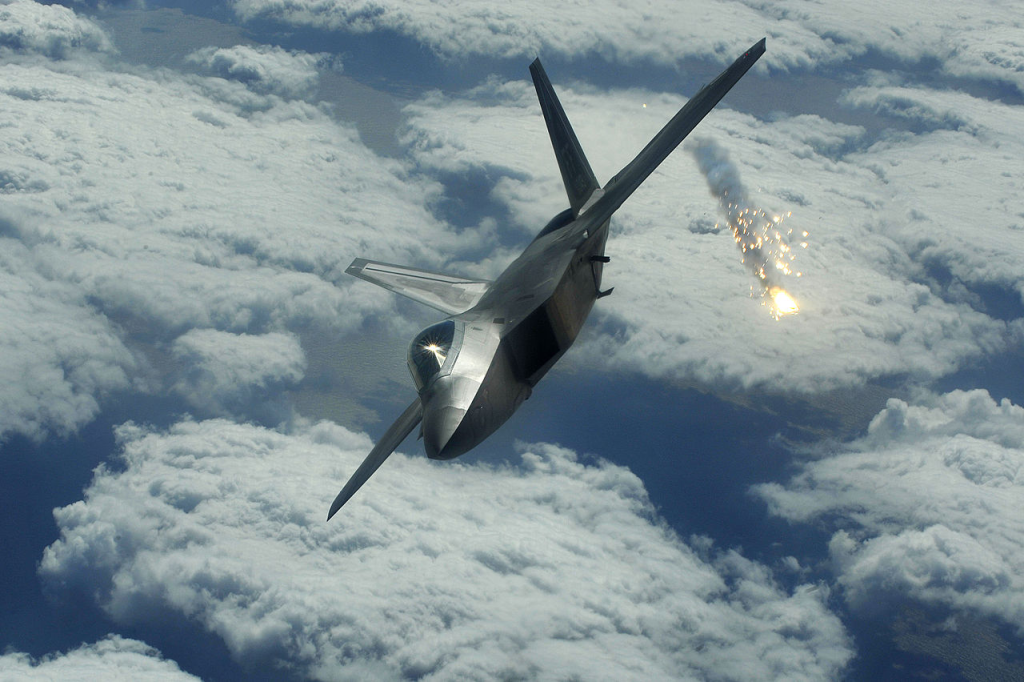
6. Precision Ground Attack Capability
Though intended as an air superiority fighter, the F-22 is capable of carrying JDAMs, Small Diameter Bombs, and AIM missiles internally and attacking ground targets stealthily. Raptors employed 1,000 lb GPS-guided bombs to destroy ISIS command centers during Operation Inherent Resolve, then relayed targeting data to coalition forces. This dual-role flexibility is such that the F-22 can engage enemy air defenses, support ground forces, and provide air cover in one mission.
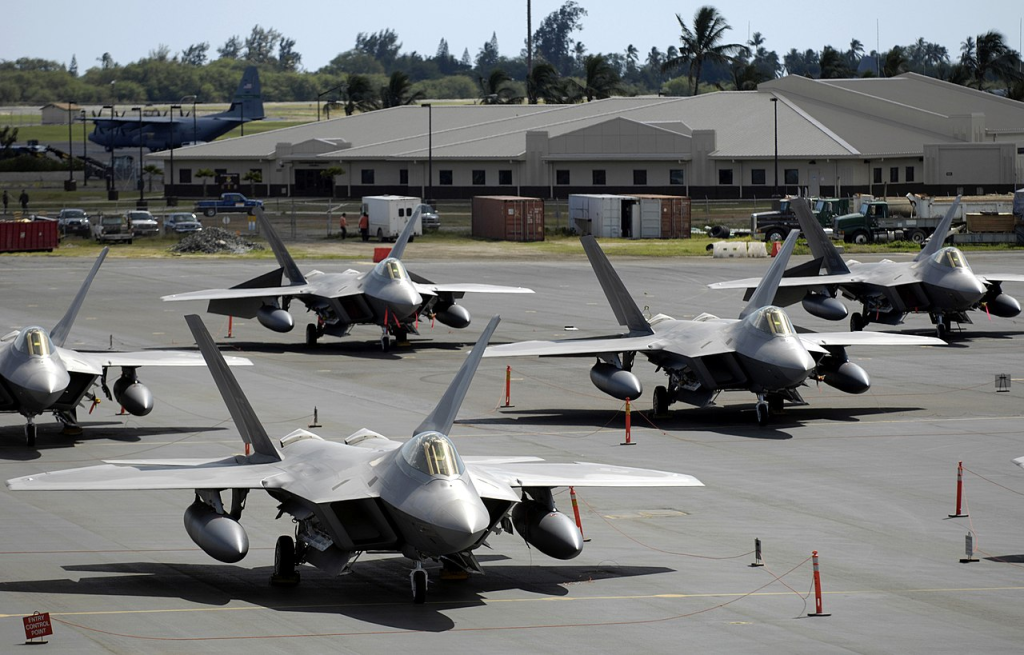
7. Combat Proven Multi-Role Operations
During its first combat deployment against Syria, the F-22 flew 204 sorties and bombed 60 targets using 270 bombs. In addition to precision strikes, it also provided overwatch, intelligence collection, and secure communications relay to friendly forces.
Its ability to function undetected in contested airspace deterred potential adversaries and safeguarded coalition operations. Even in areas where enemy fighters did not exist, its presence impacted the strategic calculations of others.
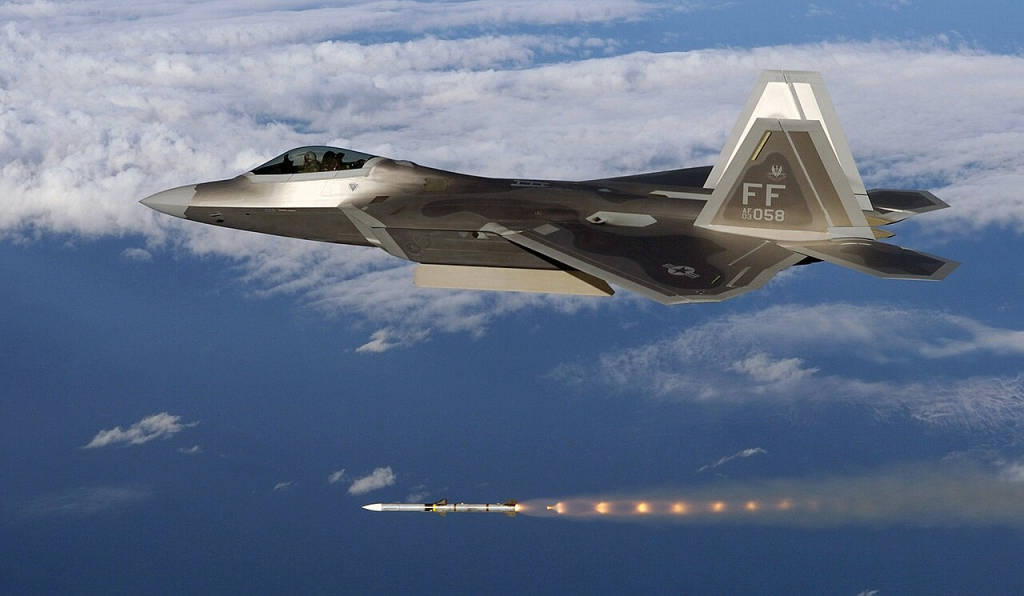
The F-22 Raptor’s dominance is not the product of any single attribute, but a synergistic integration of stealth, speed, agility, and information superiority. Each builds on the others to create an aircraft that remains unparalleled in operational employment. As adversaries start fielding next-generation fighters and countermeasures, the Raptor’s integration of engineering virtuosity and combat proven track record continues setting the standard by which an air dominance platform is measured.
